Home>Furniture>Outdoor Furniture>How Far Apart Do Trees Need To Be For A Hammock


Outdoor Furniture
How Far Apart Do Trees Need To Be For A Hammock
Modified: March 16, 2024
Discover the perfect spacing for outdoor furniture with our guide on how far apart trees need to be for a comfortable hammock setup.
(Many of the links in this article redirect to a specific reviewed product. Your purchase of these products through affiliate links helps to generate commission for Storables.com, at no extra cost. Learn more)
Introduction
When it comes to creating the perfect outdoor oasis, few things can rival the relaxation and comfort offered by a hammock. Whether you’re seeking a serene spot to unwind and enjoy a good book, or you want to add a touch of tranquility to your backyard, setting up a hammock can be a fantastic choice. However, to ensure a secure and enjoyable experience, it’s important to consider various factors, such as tree spacing.
In this article, we will explore the optimal distance between trees for hanging a hammock. We will discuss the key factors to consider when choosing the perfect spot, as well as provide guidelines and recommendations for different types of hammocks. So, let’s dive in and discover how far apart trees need to be for a hammock!
Key Takeaways:
- Find the Perfect Spot
Consider hammock type, tree health, and user comfort when choosing tree spacing. Aim for 2 feet longer than the hammock for a relaxed hang. - Safety First
Ensure sturdy trees or structures, proper tension, and weight capacity. Follow guidelines for a secure and comfy hammocking experience.
Factors to Consider
Before determining the ideal tree spacing for your hammock, it’s crucial to take into account several factors. These factors will help ensure a safe and comfortable hammocking experience:
- Hammock Type: The type of hammock you have or plan to purchase plays a significant role in determining the tree spacing. Single hammocks, double hammocks, and hammock tents each have specific requirements, as they vary in width and weight capacity.
- Weight Capacity: Consider the weight capacity of your hammock, including the maximum weight it can hold. This ensures that the trees you choose can withstand the load without risking damage or injury.
- Anchor Points: Pay attention to the number and type of anchor points your hammock requires. Most hammocks use two trees as anchor points, but other options include using posts, beams, or even hammock stands.
- Tree Health and Stability: Assess the health and stability of the trees you plan to use. Look for signs of disease, rot, or weak limbs that may pose a risk. It’s important to prioritize the well-being of the trees and avoid causing any damage during the installation process.
- Tree Species: The species of trees can affect the spacing requirements due to variations in branch strength and flexibility. For example, hardwood trees like oak or maple tend to be sturdier and have better weight-bearing capabilities compared to softer wood species.
- User Comfort: Consider how much space you prefer while relaxing in your hammock. Some people enjoy a slight curve to their hammock, while others prefer a flatter position. This preference may influence the distance you choose between the anchor points.
By considering these factors, you can determine the optimal tree spacing for your specific hammock setup, ensuring both safety and comfort.
Ideal Tree Spacing for Hammock Setup
The ideal tree spacing for a hammock setup depends on the type of hammock and the desired level of comfort. As a general guideline, the distance between the trees should be approximately 2 feet longer than the length of the hammock itself. This allows for a slight sag in the hammock when it’s hung at the correct angle.
When determining the ideal tree spacing, it’s essential to measure the length of the hammock from end loop to end loop. Add 2 feet to this measurement, and that will give you the minimum distance between the two anchor points. For example, if your hammock measures 10 feet in length, the tree spacing should be around 12 feet.
Keep in mind that these are just guidelines and can vary depending on personal preference. Some people might prefer a tighter or looser hang, so feel free to experiment and make adjustments to find the perfect tension and comfort.
Note that the ideal tree spacing guides mentioned here apply to traditional hammocks that have two designated anchor points. If you’re using a hammock tent or a different type of hammock that requires multiple anchor points or different hanging configurations, it’s best to consult the manufacturer’s instructions for specific spacing requirements.
While the tree spacing is important, it’s also crucial to pay attention to the height at which you hang the hammock. The ideal height from the ground is around 18 inches to 24 inches for a comfortable and easy entry and exit. This height allows for a gentle swing and minimizes the risk of touching the ground when fully reclined.
Remember, the primary goal is to ensure that the hammock is secure, properly aligned, and provides a relaxing experience. Taking the time to measure and find the right tree spacing will help you achieve this.
Tree Distance for Different Types of Hammocks
When it comes to different types of hammocks, there are varying guidelines for tree spacing based on their design and intended usage. Here’s a breakdown of the tree distance recommendations for different hammock types:
- Single Hammocks: Single hammocks, which typically measure around 9 to 10 feet in length, require a minimum tree spacing of approximately 11 to 12 feet. This allows for a slight sag when properly hung. However, if you prefer a tighter or looser hang, you can adjust the tree spacing accordingly.
- Double Hammocks: Double hammocks are wider and can accommodate two people. With a typical length of 11 to 12 feet, they require a slightly wider tree spacing of around 13 to 14 feet. This additional width ensures both occupants have enough room to lie comfortably without feeling cramped.
- Hammock Tents: Hammock tents, also known as camping hammocks or backpacking hammocks, often come with integrated bug nets and rainflies. The tree distance for these hammocks may vary depending on the specific model and manufacturer’s recommendations. It’s crucial to follow the instructions provided by the manufacturer to ensure proper setup and functionality.
- Specialty Hammocks: Specialty hammocks, such as those designed for extreme outdoor activities or specific purposes like yoga hammocks or floating hammocks, may have unique requirements for tree spacing. It’s essential to refer to the manufacturer’s guidelines to ensure safe and optimal usage.
Always remember to consider the factors mentioned earlier, such as weight capacity and anchor points, when determining the tree spacing for your specific hammock type. Adhering to the recommended guidelines will help guarantee a secure and enjoyable hammocking experience.
For a hammock, trees should be 12-15 feet apart. This allows for a comfortable hang without putting too much strain on the hammock or the trees.
Tree Spacing Guidelines for Single Hammocks
Single hammocks offer a cozy and comfortable way to relax outdoors. To ensure a safe and enjoyable experience, it’s important to follow proper tree spacing guidelines. Here are some guidelines for tree spacing when setting up a single hammock:
- Minimum Tree Spacing: For a single hammock, the minimum tree spacing should be around 11 to 12 feet. This measurement includes the length of the hammock plus an additional 2 feet to allow for a slight sag when properly hung.
- Weight Capacity: Verify the weight capacity of your single hammock to ensure that the trees you choose can support the load. Always prioritize safety and avoid overloading the hammock beyond its recommended capacity.
- Tree Health: Check the health and stability of the trees you plan to use as anchor points for your single hammock. Make sure there are no signs of disease, rot, or weak limbs that could compromise the safety of the setup.
- Anchor Point Height: Consider the height at which you hang the hammock to ensure easy entry and exit. A height of 18 inches to 24 inches from the ground is generally recommended for comfortable access.
- Tension and Sag: Adjust the tension of the hammock and the sag to find the most comfortable position for lounging. Some people prefer a tighter hang, while others enjoy a more relaxed and curved position.
- Tree Species: Different tree species have varying strength and flexibility. Hardwood trees like oak, maple, or beech tend to be sturdier and better suited for hammock setups compared to softer wood species. Choose trees that can safely support the weight of the hammock and occupants.
By following these guidelines, you can ensure a safe and relaxing experience while enjoying your single hammock. Always prioritize safety, check the manufacturer’s recommendations, and make adjustments according to your personal preferences for comfort.
Read more: How To Tie A Hammock To A Tree
Tree Spacing Guidelines for Double Hammocks
Double hammocks offer a spacious and comfortable seating option for two people to relax and enjoy the outdoors together. To ensure a safe and enjoyable experience, it’s important to follow proper tree spacing guidelines when setting up a double hammock. Here are some guidelines to consider:
- Minimum Tree Spacing: For a double hammock, the minimum tree spacing should be around 13 to 14 feet. This measurement includes the length of the hammock plus an additional 2 feet to allow for a slight sag and ample space for two occupants when properly hung.
- Weight Capacity: Verify the weight capacity of your double hammock and ensure that the trees you choose can support the combined load. Adhere to the manufacturer’s guidelines and avoid exceeding the recommended weight limit.
- Tree Health: Check the health and stability of the trees you plan to use as anchor points. Look for signs of disease, rot, or weak limbs that may pose a risk. Choose healthy and sturdy trees to ensure the safety of your double hammock setup.
- Anchor Point Height: Consider the height at which you hang the hammock to ensure comfortable entry and exit for both occupants. Aim for a height of 18 inches to 24 inches from the ground for easy accessibility.
- Tension and Sag: Adjust the tension and sag of the double hammock to find the perfect balance between comfort and stability. Some preferences may vary, but aim for a level of tension that provides a gentle sway without feeling too loose or too taut.
- Tree Species: As with single hammocks, choose sturdy hardwood trees like oak, maple, or beech to ensure the strength and stability of the anchor points. Avoid softer wood species that may not be able to safely support the weight of two occupants.
By following these guidelines, you can set up your double hammock with the proper tree spacing, ensuring a secure and relaxing experience for you and your companion. Remember to prioritize safety, consult the hammock manufacturer’s recommendations, and make adjustments according to your preferences for comfort.
Considerations for Hanging a Hammock between Non-Tree Structures
While hammocks are commonly hung between trees, it’s also possible to set up a hammock between non-tree structures, such as posts, beams, or other sturdy fixtures. Here are some important considerations to keep in mind when hanging a hammock between non-tree structures:
- Structural Integrity: Ensure that the non-tree structures you plan to use are sturdy and capable of supporting the weight of the hammock and its occupants. Check for any signs of weakness, such as cracks or instability, and avoid using structures that may pose a safety risk.
- Anchor Points: Identify suitable anchor points on the non-tree structures where you can secure the hammock. Depending on the design of the hammock, you may need to attach carabiners, hooks, or straps to these anchor points to create a secure attachment.
- Height and Distance: Consider the desired height and distance between the non-tree structures for optimal comfort. Just like with tree setups, aim for a height of 18 inches to 24 inches from the ground for easy entry and exit. Ensure that the distance between the structures allows for the full extension of the hammock while maintaining proper tension.
- Weight Capacity: Determine the weight capacity of the non-tree structures and make sure they can support the weight of the hammock and its occupants. Be mindful of any weight restrictions or limitations to avoid overloading the structures.
- Attachment Hardware: Select appropriate attachment hardware, such as straps or ropes, that are compatible with the non-tree structures and provide a secure connection for the hammock. Consider the weight capacity and durability of the hardware to ensure reliable support.
- Clearance: Ensure that there is ample clearance around the hammock to avoid any potential hazards. Maintain a sufficient distance from walls, fences, or other objects to allow for a comfortable swinging motion without risking collisions.
- Safety: Prioritize safety at all times. Regularly inspect the attachment points, hardware, and non-tree structures to ensure they remain in good condition. Check for any signs of wear or damage and make any necessary repairs or replacements to prevent accidents.
By considering these factors and following proper guidelines, you can successfully hang a hammock between non-tree structures, expanding your options for creating a relaxing outdoor space.
Conclusion
Creating a cozy and inviting outdoor space with a hammock requires careful consideration of tree spacing. The ideal distance between trees for hanging a hammock depends on factors such as the type of hammock, weight capacity, tree health, and user comfort. By following proper tree spacing guidelines, you can enhance safety and ensure a comfortable and enjoyable hammocking experience.
For single hammocks, a minimum tree spacing of 11 to 12 feet is recommended, while double hammocks may require a slightly wider spacing of 13 to 14 feet. It’s crucial to pay attention to the weight capacity of your hammock and choose sturdy trees or non-tree structures that can safely support the load. Evaluating the health and stability of the anchor points is also essential to minimize the risk of accidents.
Proper height and tension adjustment contribute to the overall comfort of the hammock setup. Aim for a height of 18 inches to 24 inches from the ground for easy access, as well as a level of tension that provides a gentle sway without being too loose or tight.
When hanging a hammock between non-tree structures, such as posts or beams, ensure the structural integrity of these elements and select appropriate attachment hardware for a secure setup. Take necessary precautions to maintain safety and regularly inspect all components for any signs of wear or damage.
Remember that these guidelines are meant to serve as a starting point. It’s important to consult the manufacturer’s instructions for specific recommendations regarding tree spacing and anchoring techniques based on the hammock’s design.
By carefully considering these factors and following the provided guidelines, you can create a tranquil outdoor haven and embrace the relaxation and comfort that a hammock offers.
Frequently Asked Questions about How Far Apart Do Trees Need To Be For A Hammock
Was this page helpful?
At Storables.com, we guarantee accurate and reliable information. Our content, validated by Expert Board Contributors, is crafted following stringent Editorial Policies. We're committed to providing you with well-researched, expert-backed insights for all your informational needs.
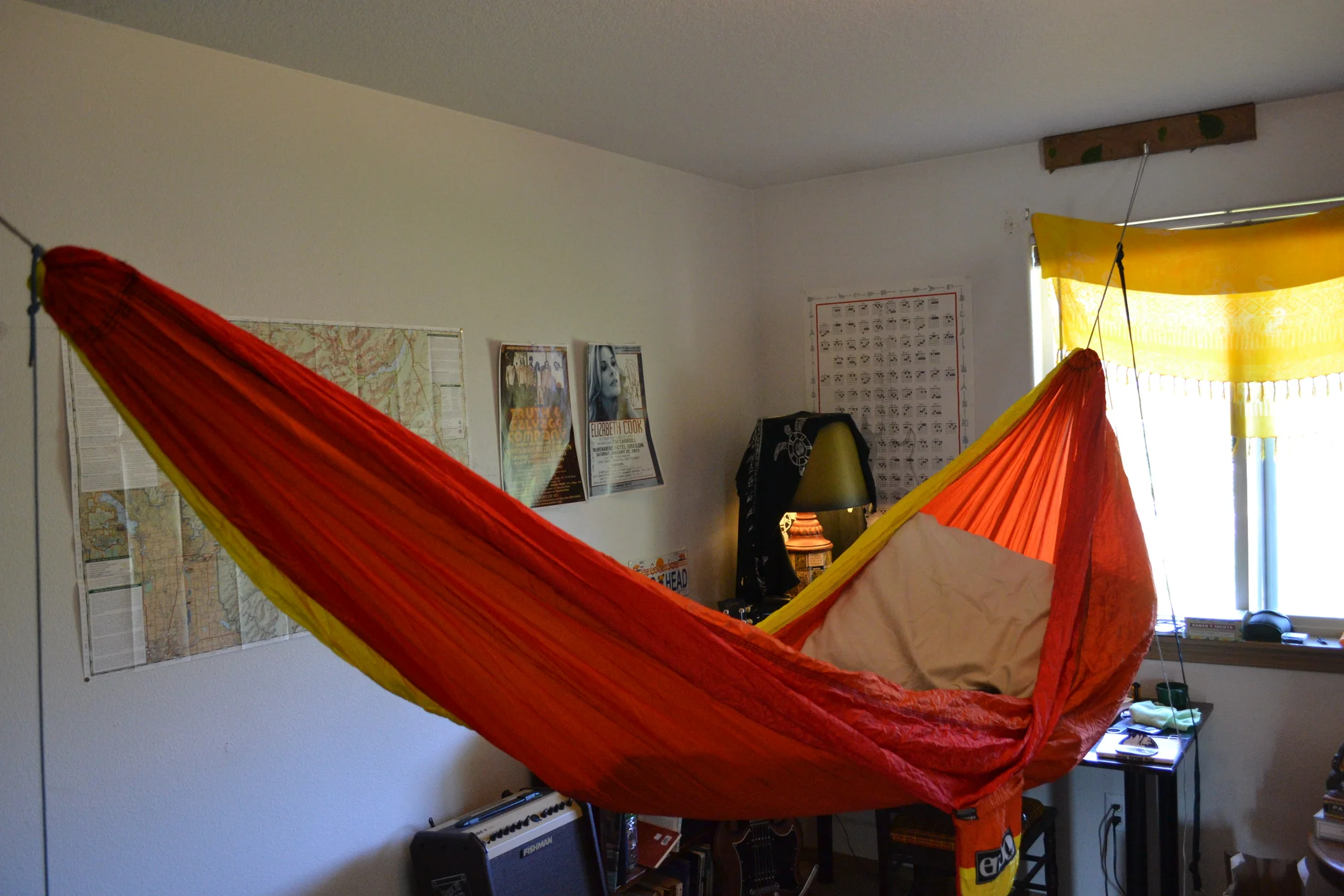



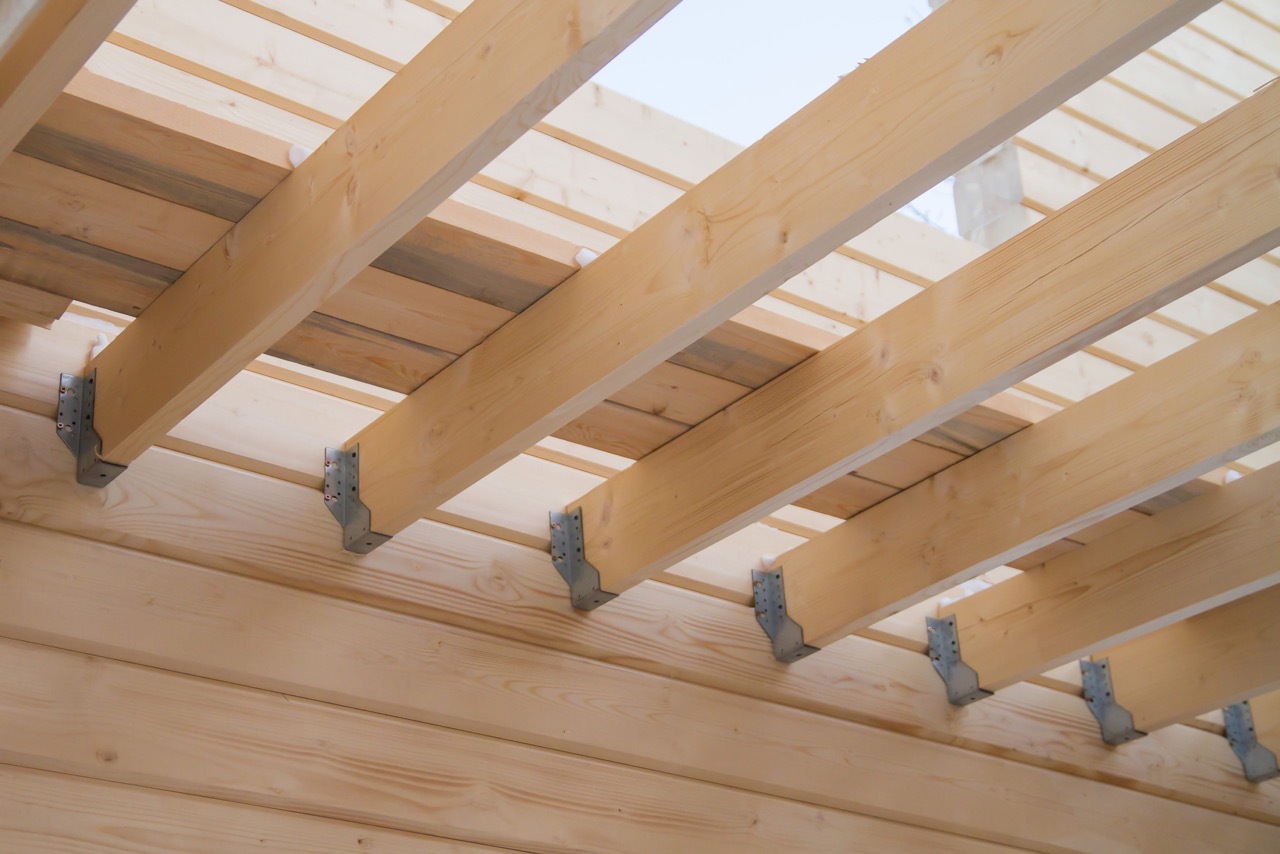

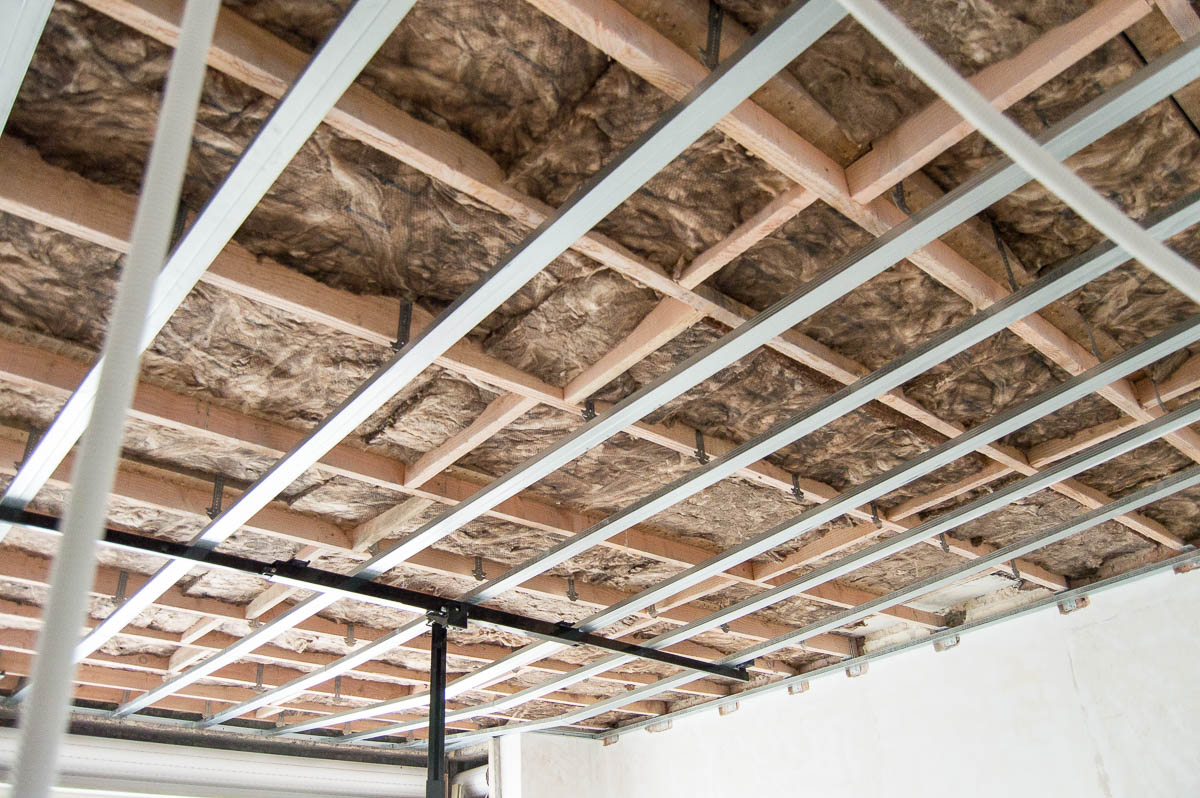

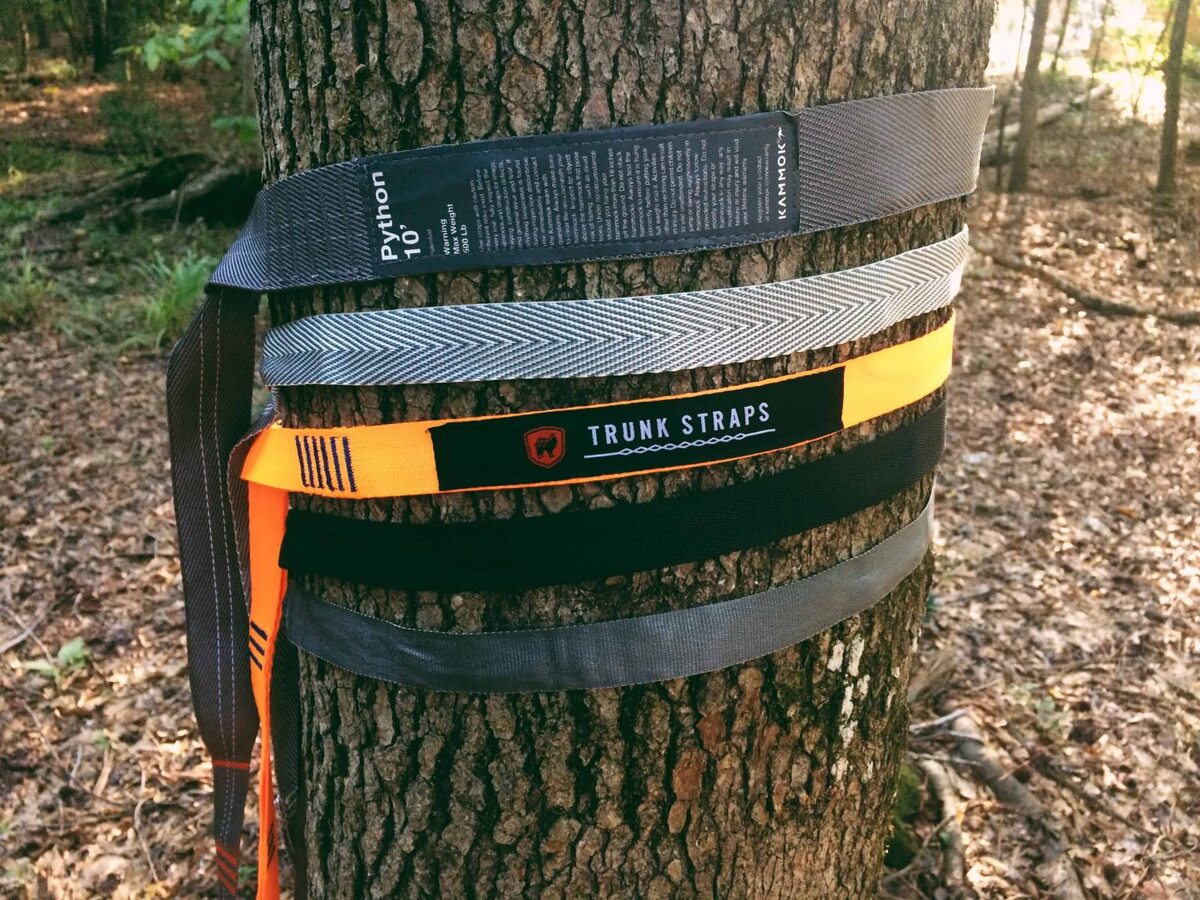
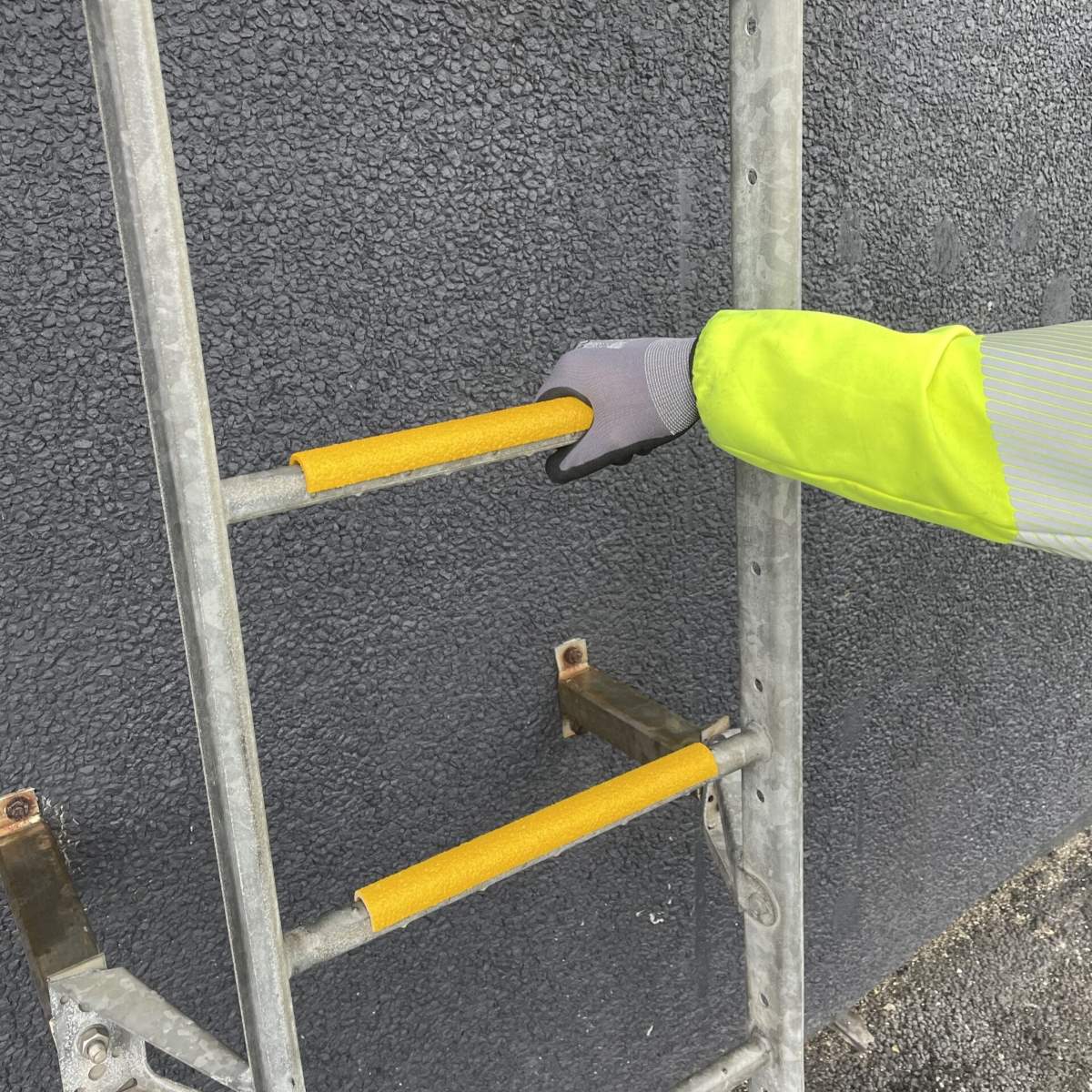

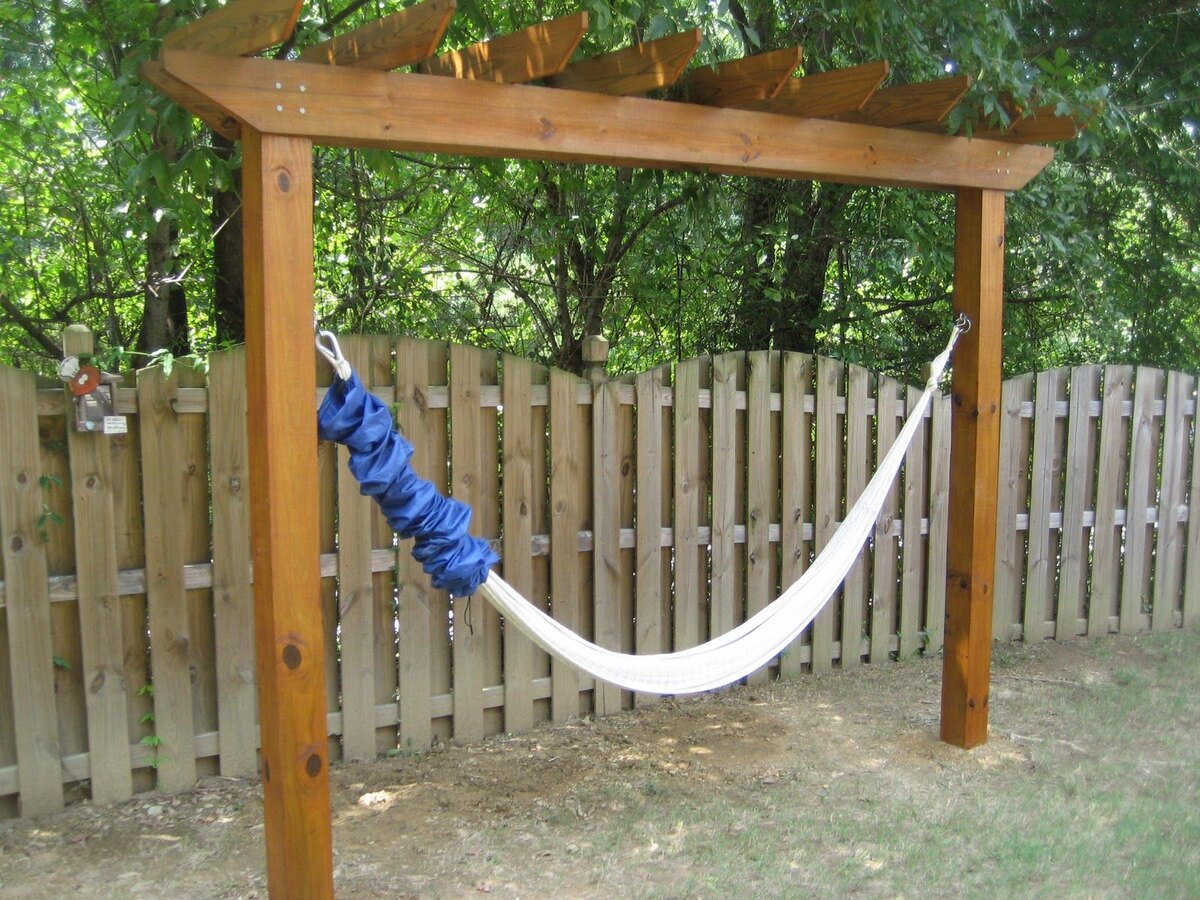



0 thoughts on “How Far Apart Do Trees Need To Be For A Hammock”